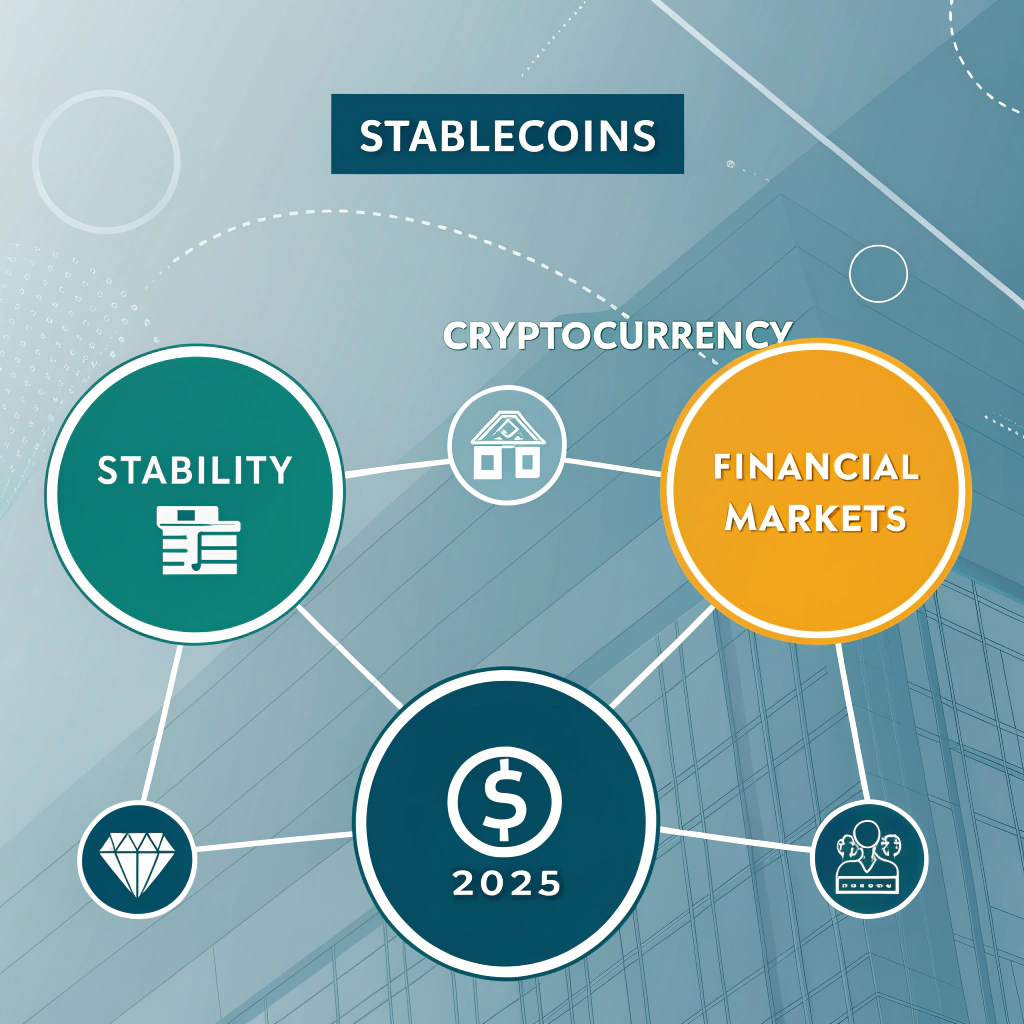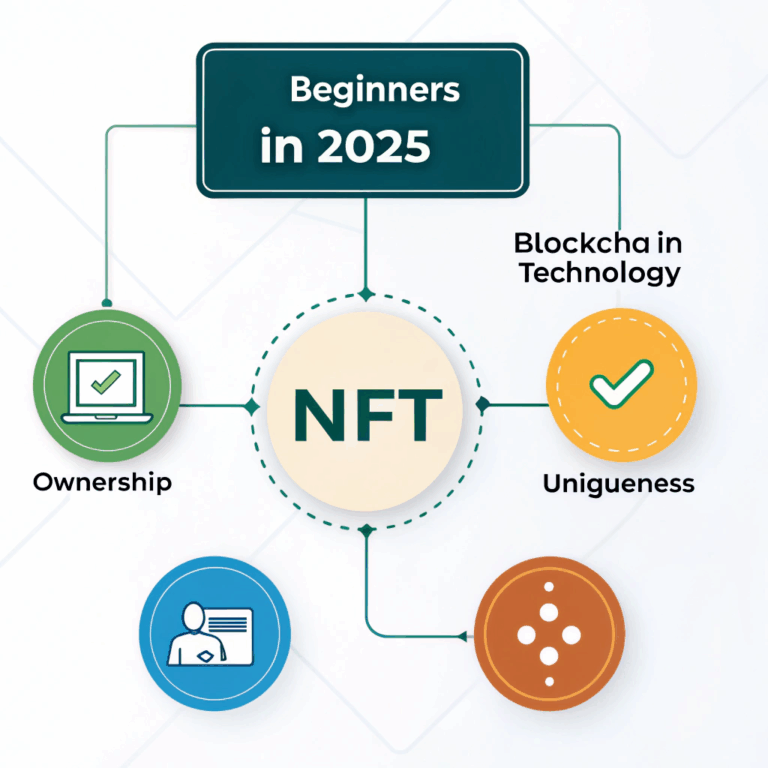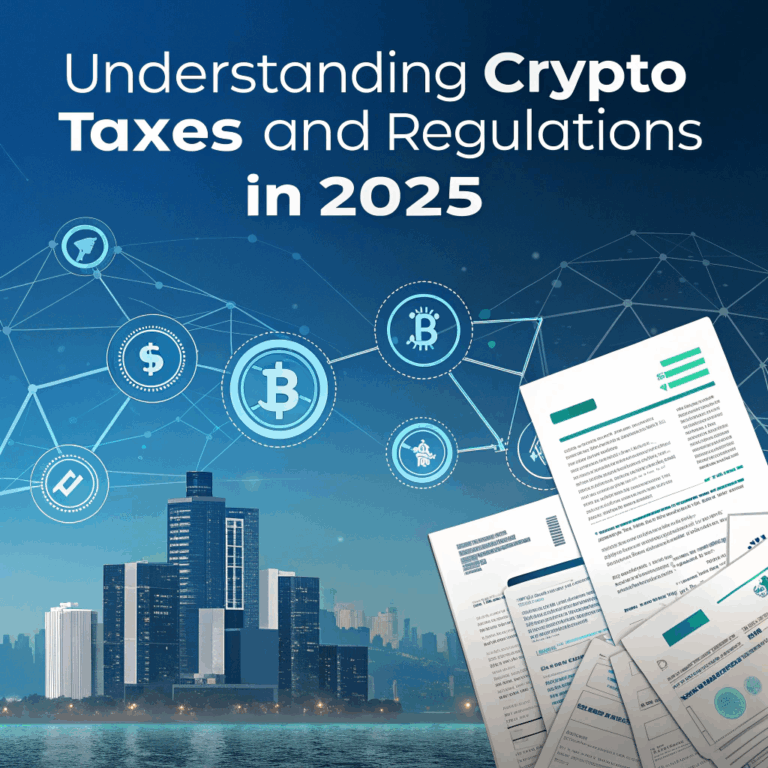What Are Stablecoins? How They Work and Why They Matter in 2025

Introduction
Crypto is known for its price swings — but stablecoins offer a way to avoid volatility while still staying in the blockchain world. In 2025, they’ve become a cornerstone of DeFi, payments, and trading. Let’s explore what they are, how they work, and why they’re so important.
What Is a Stablecoin?
A stablecoin is a cryptocurrency designed to maintain a stable value, usually pegged to a fiat currency like the US Dollar (USD).
Unlike Bitcoin or Ethereum, stablecoins aim to trade at $1.00 (or another fixed value), making them ideal for:
- Storing value
- Transacting without volatility
- Serving as a bridge between crypto and fiat
Why Stablecoins Matter in Crypto
- Enable stable DeFi activity (lending, borrowing, trading)
- Provide price protection during market dips
- Make cross-border payments faster and cheaper
- Allow stable salaries, invoices, and settlements in Web3
- Support algorithmic protocols and DAOs
Without stablecoins, crypto would be much harder to use practically.
Types of Stablecoins
| Type | Peg Method | Example |
|---|---|---|
| Fiat-backed | Backed 1:1 with cash or cash-like reserves | USDC, USDT, TUSD |
| Crypto-collateralized | Overcollateralized with other crypto | DAI, LUSD |
| Algorithmic | Use supply/demand algorithms to maintain peg | FRAX, USDN (many failed) |
| Hybrid | Combination of reserves and algorithm | GHO, crvUSD |
Popular Stablecoins in 2025
| Name | Type | Notes |
|---|---|---|
| USDC | Fiat-backed | Highly regulated, widely used in DeFi |
| USDT | Fiat-backed | Oldest and most traded stablecoin |
| DAI | Crypto-backed | Decentralized, managed by MakerDAO |
| GHO | Hybrid | Aave’s decentralized stablecoin |
| crvUSD | Algorithmic | Curve Finance’s peg-stabilized stablecoin |
| sUSD | Synthetic | Created via Synthetix, used in derivatives |
How Stablecoins Maintain Their Peg
Fiat-backed (e.g., USDC, USDT)
- Held in banks or treasuries
- 1 token = 1 USD in reserve
- Regular audits to verify
Crypto-backed (e.g., DAI)
- Backed by ETH or other tokens
- Overcollateralized (e.g., 150%)
- Liquidated if price drops too far
Algorithmic (e.g., older UST)
- Use incentives to balance supply/demand
- High risk — many have failed
Use Cases of Stablecoins
- Trading: Exit volatile assets without going back to fiat
- DeFi: Used in lending, farming, LPs, staking
- Payments: Send USD-equivalent globally in seconds
- Savings: Earn yield on stablecoins in lending protocols
- Payroll: DAOs and Web3 teams pay contributors in USDC or DAI
- Remittances: Cross-border transfers without bank fees
Risks and Criticisms
⚠️ Centralization (USDC, USDT can freeze funds)
⚠️ Reserve transparency – not all are audited equally
⚠️ Depegging – some stablecoins have lost their $1 peg
⚠️ Regulatory uncertainty
⚠️ Smart contract risks in decentralized stablecoins
Example: Terra UST’s collapse in 2022 is a major cautionary tale.
Stablecoins and Regulation
- In 2025, stablecoin regulation is growing fast
- USDC and USDT are working with global regulators
- Some countries require full reserve audits, licenses
- DeFi-native stablecoins (like DAI) face legal gray zones
Expect more rules around issuance, backing, and KYC compliance.
Stablecoins vs CBDCs
| Feature | Stablecoin (e.g., USDC) | CBDC (e.g., digital dollar) |
|---|---|---|
| Issuer | Private company/protocol | Central bank |
| Censorship | Can freeze (some) | Fully controlled by government |
| Use in DeFi | Widely accepted | Not supported (yet) |
| Transparency | Varies by token | Centralized systems |
| Availability | Global, 24/7 | Often limited to citizens |
FAQ
Are stablecoins safe?
Generally yes — but it depends on the type and issuer. Always research reserves and audits.
Do stablecoins earn interest?
Not directly, but you can lend or stake them to earn APY in DeFi.
Can stablecoins lose their peg?
Yes. Even fiat-backed ones can briefly dip during high volatility or panic.
Are stablecoins legal?
It depends on your country. In 2025, most major economies are regulating them.
Conclusion
Stablecoins are the backbone of the crypto economy in 2025 — powering everything from payments to DeFi to DAOs. Whether you’re new to crypto or managing millions in Web3, understanding how they work, their risks, and how to use them wisely is essential.





